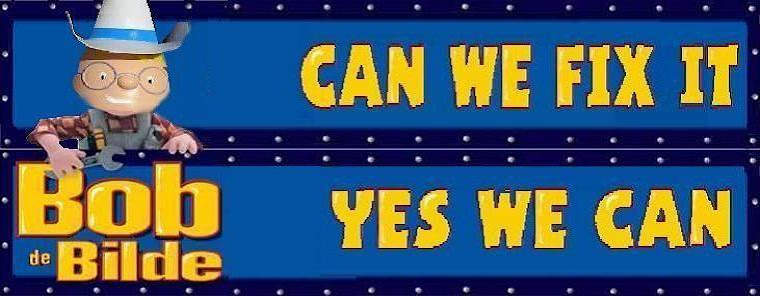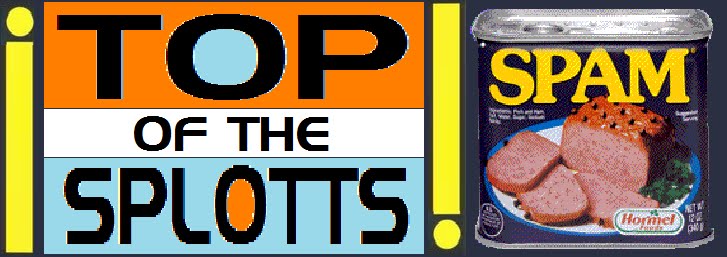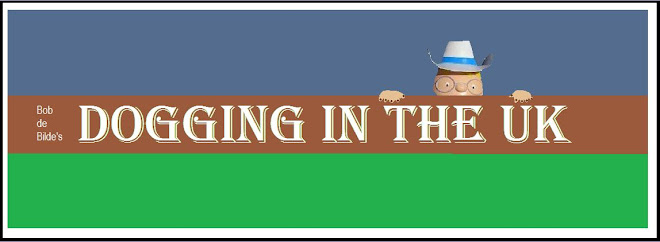This is a transcript of an interview from CNN Time
 This past Monday, the American Academy of Pediatrics (AAP) released a new policy statement on choking prevention for children, recommending, among other things, changes in government oversight of food choking hazards, and asking food manufacturers to consider redesigning potentially dangerous food products, such as hot dogs and hard candies. In the U.S., 10,000 children ages 14 and younger visit the emergency room due to food-related choking each year, and between 66 to 77 children age 10 and younger die each year from food-related choking. According to one study cited in the report, 17% of food-related choking deaths involve hot dogs. To better understand the magnitude of childhood choking risks, what the AAP hopes to accomplish with the new recommendations, and what a redesigned hot dog might look like, TIME spoke with Dr. Gary Smith, immediate past chairman of the Committee on Injury Violence and Poison Prevention at the American Academy of Pediatrics and lead author of the AAP policy statement:
This past Monday, the American Academy of Pediatrics (AAP) released a new policy statement on choking prevention for children, recommending, among other things, changes in government oversight of food choking hazards, and asking food manufacturers to consider redesigning potentially dangerous food products, such as hot dogs and hard candies. In the U.S., 10,000 children ages 14 and younger visit the emergency room due to food-related choking each year, and between 66 to 77 children age 10 and younger die each year from food-related choking. According to one study cited in the report, 17% of food-related choking deaths involve hot dogs. To better understand the magnitude of childhood choking risks, what the AAP hopes to accomplish with the new recommendations, and what a redesigned hot dog might look like, TIME spoke with Dr. Gary Smith, immediate past chairman of the Committee on Injury Violence and Poison Prevention at the American Academy of Pediatrics and lead author of the AAP policy statement:
TIME: Why is the American Academy of Pediatrics coming out with this new policy statement on choking now? Have choking deaths increased significantly in recent years?
Dr. SMITH: The American Academy of Pediatrics has been involved in this topic for over two decades and actually convened a task force back in the early 1980s to look at food choking and children. What has really been the impetus for doing something more is that, during the last two decades, we haven't seen huge steps forward. And, [in 2001] there was a wake-up call that really got us concerned again: this cluster of deaths occurred due to gel candies. These candies were being marketed internationally and there were children dying in Japan, Canada, the United States. What became very clear after this gel candy episode occurred was how unprepared the [Food and Drug Administration] (FDA) was and how ill-prepared in general we were for responding to choking hazards when it happens to be food. (See the top 10 dangerous foods.)
TIME: What's the difference between how food and non-food choking hazards are regulated?
DR. SMITH: Here's the contrast: you've got the Consumer Product Safety Commission that has a well oiled system of surveilling for issues, a protocol for responding, and if necessary, removing them from the market. In contrast, the FDA hardly does any of this. Kids had been dying for years because of these gel candies and no one had picked it up because there's not a good surveillance system. When it was discovered, it took too long a time for the FDA to respond and get them off the market. We have a lot of experience preventing choking among young children when it comes to toys. Why can't we use all that we've learned there, use the mechanisms we have in place, and apply those to foods to prevent choking in children? That was the bottom line of this policy statement. (See the top 10 dubious toys.)
TIME: Can you walk me through the AAP recommendations for changing the systems in place to regulate food choking hazards?
DR. SMITH: Right now, we have the National Electronic Injury Surveillance System (NEISS), run by the Consumer Product Safety Commission. It does a really good job at picking up specifics about which kinds of consumer products are associated with injury, or activities are associated with injury, but when it comes to food, it does not break it down into specific types. It's like saying "child hurt with child toy." It's so broad that it's not really that useful. What we're suggesting is, you have a surveillance system that is already in place, just add the coding to provide more detail. That's what the FDA is going to need to be able to identify an emerging hazard. That's the first step, the surveillance part. (See the top 10 food trends of 2008.)
TIME: What are the other steps?
DR. SMITH: The next part has to do with labeling. I think the industry has been making strides in the right direction. If you go to the grocery store today, you can find hot dog packages with statements that say that "this poses a choking risk to young children." The problem is, not all manufacturers are doing it, and [among those who are] the labeling is in very small print, mixed in with other information. It's not at all conspicuous, and there's no consistency in the message. We just need to do what we already know how to do for toys and apply it to food. That does not have to be a government mandate. Lots of our current consumer product safety guidelines are voluntary standards. The industry can decide to do something about this, or, if they don't act, it would then be up to the FDA to take some type of action. (See "The Year in Health 2009: From A to Z.")
TIME: But, as you point out in the policy statement, the FDA doesn't regulate all food products—such as hot dogs.
DR. SMITH: The FDA had jurisdiction over most food products, but the U.S. Department of Agriculture (USDA) has jurisdiction over meat products. In these cases, the FDA is going to have to work very closely with the USDA and with the Consumer Product Safety Commission.
TIME: The study includes a list of 10 foods that pose a high choking risk: hot dogs, hard candy, whole grapes, raw carrots, peanut butter, chewing gum, marshmallows, peanuts/nuts, popcorn and sausages. For the man-made products, notably including the hot dog, the AAP policy suggests redesign as a way to reduce choking risk?
DR. SMITH: Hot dogs are the leading cause of food-related choking death in this country. A child dies every five days in this country due to choking on food, and among those cases, hot dogs are the most common type of food. The reasons for this are actually not hard to understand. If you were to take the best engineers in the world, and you said to them, 'Design for me the perfect plug for a child's airway,' you couldn't do better than a hot dog. Unfortunately, it's exactly the right shape of the airway, it's the right diameter—it forms a plug, completely sealing off the upper airway, right above the vocal chords. Because of its shape and size, and because it's compressible, it wedges itself in. It's almost impossible to dislodge. Then it's only a matter of minutes before there is irreparable brain damage and even death. As a pediatric emergency medicine physician, I can tell you, even if we are standing right there with all of our skill and experience, with all of the correct equipment and lighting, it is really hard to get those objects out of a child's airway once they're wedged in like that. It's almost impossible. That's why preventing this from occurring in the first place is so important. (See the top 10 medical breakthroughs of 2009.)
TIME: Many people have wondered if a policy shift like this—and efforts to redesign foods—are really necessary, when avoiding choking hazards could come down to simple efforts of parental common sense. Do you think that's a valid point?
DR. SMITH: We know from from a century and a half of experience with public health problems that the best way to prevent a problem is to design it out of existence. At the turn of the last century, dehydration due to diarrhea and vomiting was one of the leading causes of death among young children in this country. But we didn't tell parents to boil their water each time before they used it and then blame them when they didn't and their child got sick. We put in powerful water systems, we put in sewer systems, we designed the problem out of existence. We need to do that for food choking. It's a tried and true approach for public health. So that means taking high risk foods and when possible, redesigning them, or, when you're introducing a new food like gel candy, make sure [it doesn't] have characteristics that are potentially lethal to children. (See how to prevent illness at any age.)
TIME: But isn't the idea of redesigning the hot dog inevitably going to meet some resistance?
DR. SMITH: People are asking, 'How can we redesign a hot dog, won't that change what it is?' My response to that is that I grew up in a time when I used a slide rule to figure out math problems. We didn't have calculators. Now we have calculators and iPods and iPads and all of this stuff. Our society has reinvented itself so much, changing the characteristics of a hot dog pale in comparison. Beyond that, this is a great opportunity for the industry. This whole idea of redesigning existing foods isn't that far-fetched. When I was a child the only type of sucker that you could get were lollipops that had the round hard candy on the end of a stick, so if you fell it would get pushed way down your throat. The industry came up with what is appropriately called a safety pop. I think that's a marvelous example, where people just took a step back, looked at what was going on, and figured out how they could make that product a safer without changing it so much that they lost market share. I think that the entrepreneur who comes up with the first safety dog is going to find parents across this country lining up to buy that product. It's an opportunity, not a burden.
TIME: If, as is, the hot dog is about as dangerous a food as it can be, what characteristics would a new hot dog—or a "safety dog" as you put it earlier—need to have?
DR. SMITH: It would be almost anything other than the current shape and size. The skin on the hot dog helps it keep that plug form. What you want to do is get away from that, to some kind of shape and size that doesn't completely block the airway if it is aspirated, or breathed back down into the airway. Kids are distractable, if they jump up and are running with food in their mouths—which, of course, is something we try to avoid—but if they were to stumble or take a gasp for any reason, that food gets pulled right back and down, and if it's not that plug shape, they then have the opportunity to cough it back up. If it wedges itself in, they just don't have that opportunity. (See a quick guide on the FDA.)
TIME: In the meantime, while food engineers get to work on safer foods and government agencies are set to the task of implementing policy changes, what can parents do to eliminate food choking hazards?
DR. SMITH: The number one thing [parents] should do is avoid those high risk foods, simply don't give them to your child. Number two, if you have to give your child a high-risk food, let's say it's a grape, you can quarter a grape. Take away that high risk shape and size. If it's a hot dog, cut it lengthwise, so you take away the high risk shape and size. Take care of the re-engineering yourself in the meantime. But, as a long-term public health strategy, that will never adequately prevent kids from choking. On a population level, we know from experience that putting it on the parent and then blaming them when they don't do it is an inadequate and ill-informed approach.
*This interview was edited for length and continuity.



















































